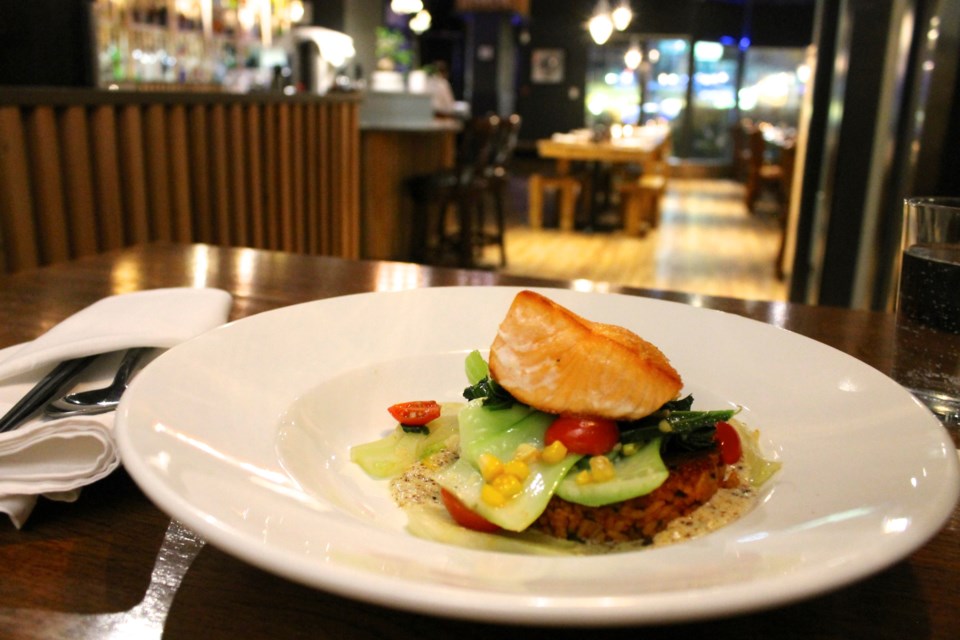To help spread awareness about heart and stroke health, the Multilingual Orientation Service Association for Immigrant Communities (MOSAIC) teamed up with the B.C. Salmon Farmers Association to produce and publish a healthy eating guide for newcomers to Canada.
The guide’s aim is to encourage immigrants to consume more local seafood.
According to the Heart and Stoke Foundation, heart disease and stroke represents two of the three leading causes of death for Canadians, with nine out of 10 having at least one risk factor. One risk factor is being of South Asian ethnic origin.
“We aren’t medical professionals, but we do hear that some cultural-ethnic groups do have a higher rate of heart disease,” said Ninu Kang, director of communications and development at MOSAIC. “It was important for us, with the population that we are working with, to start to create some awareness around heart and stroke disease and healthy eating associated with it.”
For the past 25 years, MOSAIC has offered instruction on Canada’s Food Guide as well as guidance on healthy eating within its Language Instruction for Newcomers to Canada (LINC) classes. The free “Mosaic of Flavours” brochure is available online at MOSAIC’s website (mosaicbc.com). It expands on the organization’s goal of providing information on healthy eating by teaming up with six Vancouver chefs to create recipes that fuse together ethnic and Canadian cuisines.
“We did a small survey at MOSAIC to ask newcomers their diets in Canada to see how many people are eating fish,” Kang said. “What we learned is that newcomers do have seafood in their diet, but not necessarily the local fish that we have here like salmon [or] scallops. The purpose of our cookbook is to have recipes that are heart healthy and have newcomers use local healthy foods to create easy recipes for them.”
While the Heart and Stroke Foundation are not official partners in the cookbook, they were crucial in pulling in the chefs. One of the participating chefs is Seungmin Han, the owner of Korean-Japanese restaurant Kosoo in the West End.
He used MOSAIC’s services when he came to Canada from Korea nine years ago.
“MOSAIC is like my family,” Han said. “When we got here, we needed information and we needed help. MOSAIC helped us. For me it was time to help them, too.”
Han’s contribution to the cookbook, “Bibimbom” with salmon and sesame cream sauce, is a heart-healthy fusion take on the classic Korean dish of chili and soy seasoned rice and vegetables.
“Whatever we make [at the restaurant] is from our country. At the same time we are inspired by the ingredients of Vancouver. Whenever they make that recipe, they can feel that it is their home style yet at the same time they can get all the ingredients from here,” Han said.
In addition to Han’s recipe, Serbian-born chef Boban Kovachevich of Executive Hotels and Resorts provided a Mediterranean-French fusion recipe for prawn avocado potato mille-feuille.
Chef Chindi Varadarajulu, formerly of Chutney Villa, provided two South Asian dishes to the cookboo: Malaysian fish curry and Masala prawns and green beans with potatoes, while the Cottage Bistro’s Eugene Dong contributed the dish “Salmon Chinese Way.”
@katrinatrask



